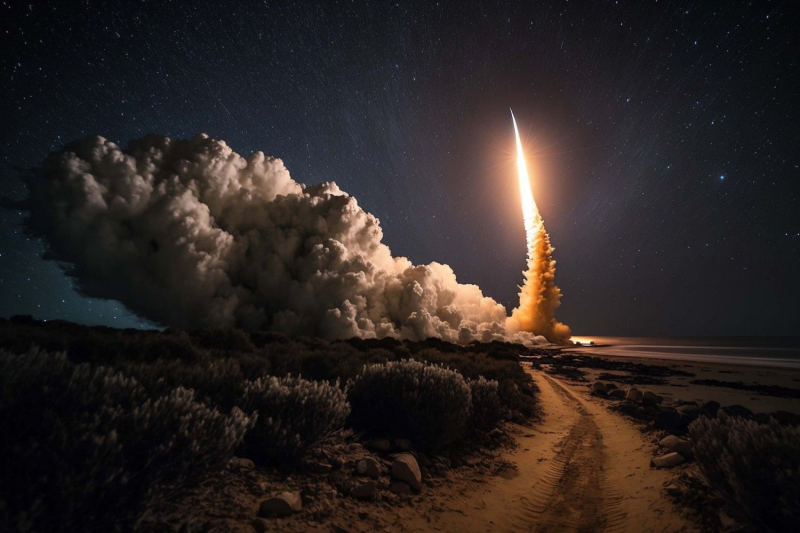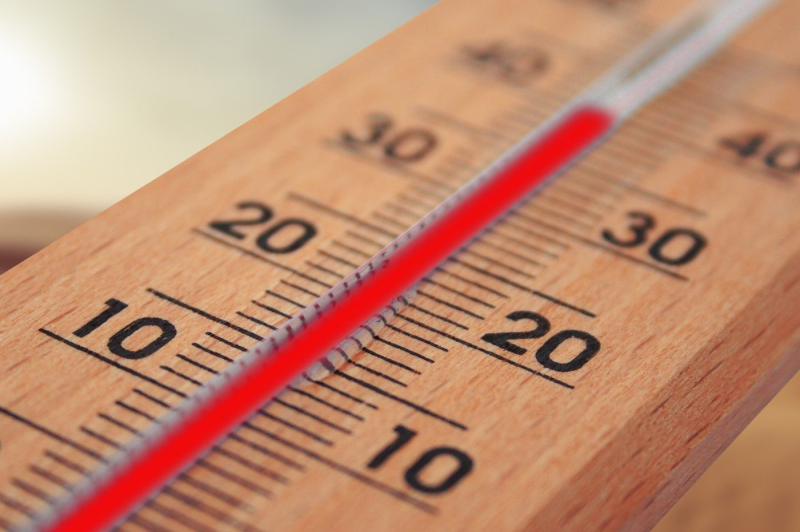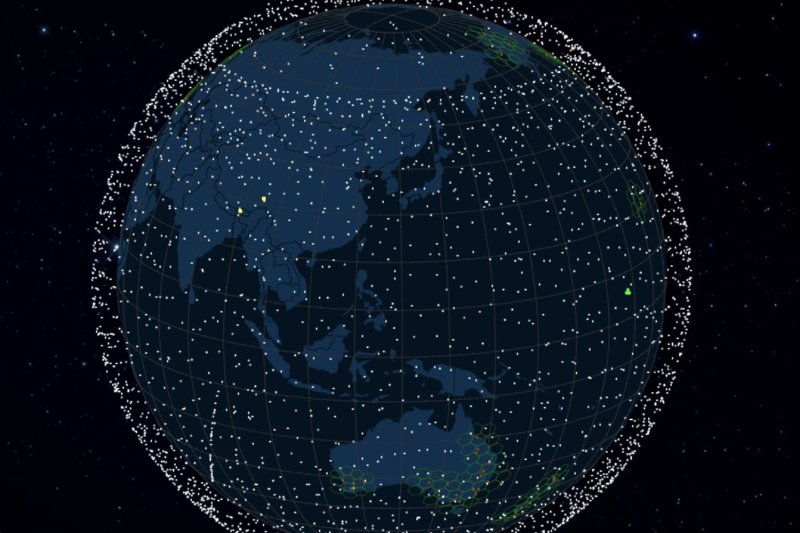
© Pixabay/AI
In 1987, the Montreal Protocol put an end to the use of CFCs (chlorofluorocarbons) these greenhouse gases – widely used in industry and agriculture – had dramatic effects on the layer of ozone. To this day, it remains one of the greatest environmental success stories on a global scale.
35 years later, the effects of the Montreal Protocol are visible. Scientists have also detected a reduction in the size of the “hole” in the ozone layer. They now hope that it will become perfectly sealed again in future decades.
Unless….
Unless another source of pollution poses a problem in turn. This is what Christopher M Maloney, a researcher at NOAA, the equivalent of Météo France in the United States, seemed to indicate. In his study, published in the summer of 2022, he points to the emissions of “ black carbon ” (commonly called soot) caused by space launches.
He estimates that modern rockets release nearly 1000 tons of soot into the atmosphere each year. A figure which is increasing along with the number of space launches. According to his calculations, and based on a 10-fold increase in the number of launches by 2030, he estimates that the average temperature of the stratosphere could increase by 0.5 to 2 °C.
A dramatic increase in temperatures

© Geralt/Pixabay
But such an increase in temperatures, in such a fragile environment, could have massive consequences. This could in particular slow down the subtropical jet stream, a stratospheric air current which cools the poles.
Another probable consequence, a reduction in the size of the ozone layer . This loss would be of the order of 4%. By being thinner, the ozone layer would filter ultraviolet rays less well, leading, in particular, to a significant increase in cases of skin cancer on Earth .
200% Deposit Bonus up to €3,000 180% First Deposit Bonus up to $20,000The Canadian Department of Health has estimated that a 10% decrease in the size of the ozone layer would create more than two million new cases of cataractsevery year. If Christopher M Maloney's estimates do not envisage reaching such heights, the space world must urgently question its environmental impact.
The return of debris, another thorny issue
If launching rockets into space is a visually polluting activity, the return of devices from orbit still remains under the media radar. However, this activity – which must develop greatly in the coming years to combat pollution in orbit – also has undesirable effects for the Earth.
In addition to the risk of uncontrolled fall of debris which could reach the surface, the destruction of satellites or more massive constructions like the ISS, will further unbalance the upper strata of the atmosphere.
Starlink: among those responsible ?

A map of all Starlink satellites around Earth © Usbek & Rica
Given all this information, the main culprits are quickly found. These are companies (private or public) which launch a lot of rockets into space and which, at the same time, bring debris back into the atmosphere to free the orbit.
Starlink meets these two criteria. Elon Musk proudly announced his plan to send 2,400 new satellites into orbit every year. These are all devices which at the end of their use (approximately 5 years) will have to return to Earth.
At the same time, the company is developing its superb Starship rocket. With 33 engines, it breaks all records for soot expulsion per takeoff. If Starlink and SpaceX are, obviously, not the only ones responsible for the deterioration of the situation, they are the symbols of this evolution.
📍 To not miss any news from Presse-citron, follow us on Google News and WhatsApp.
[ ]

